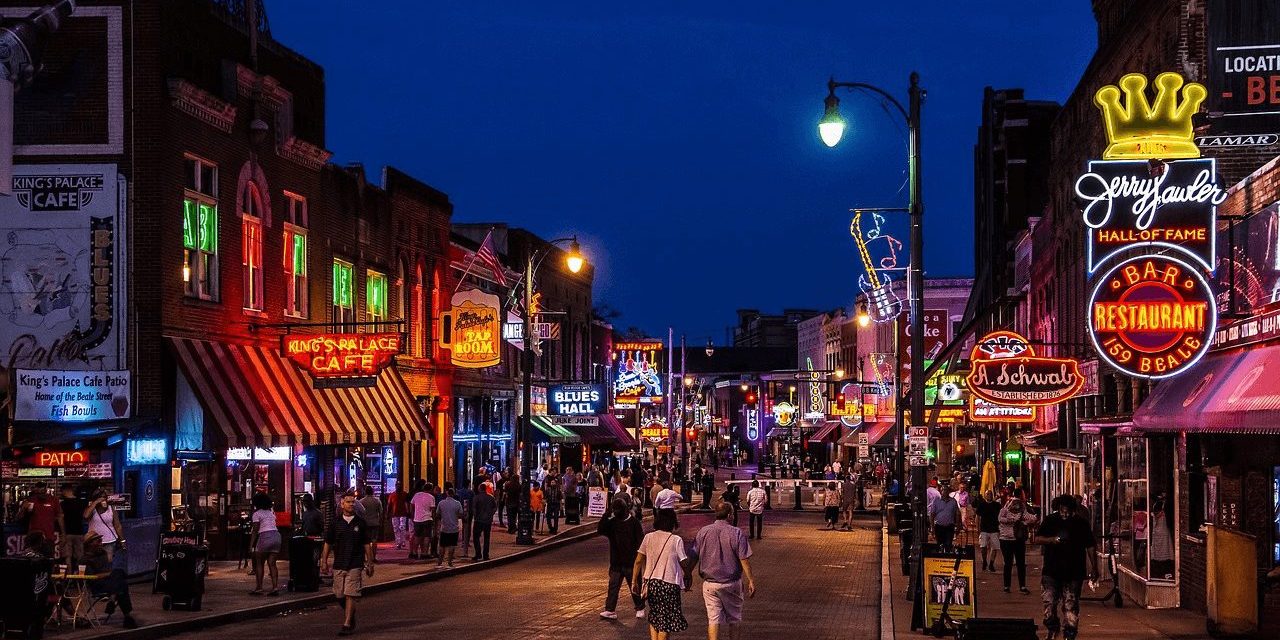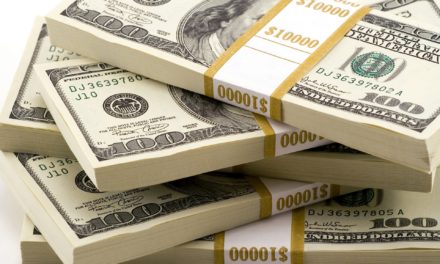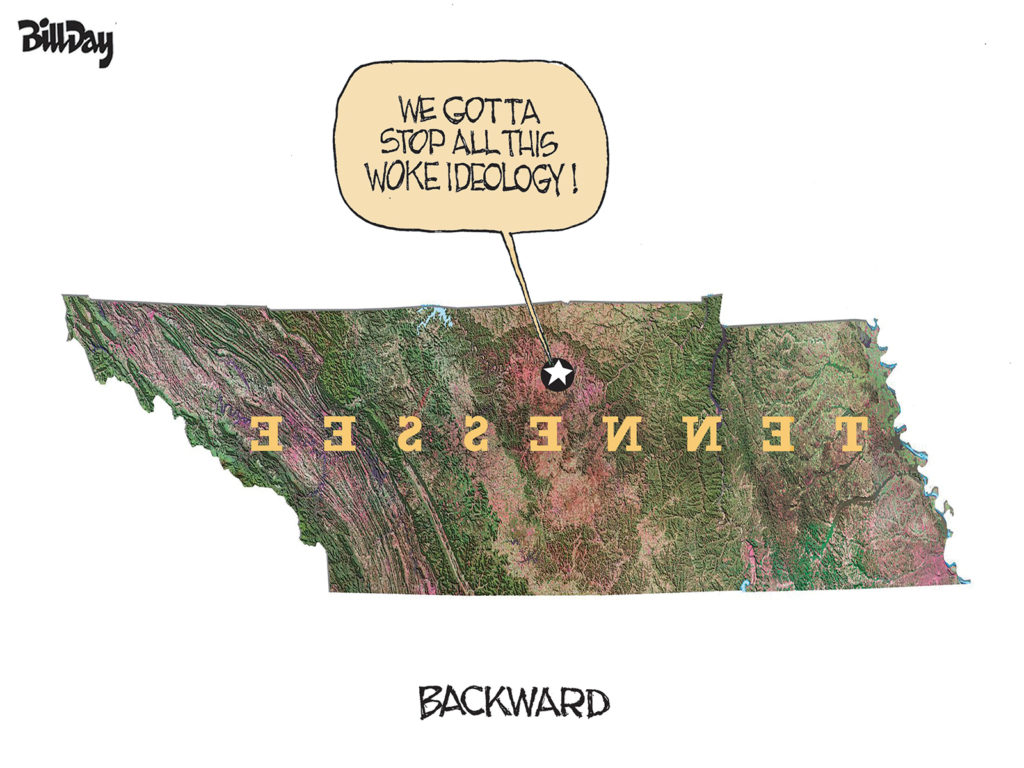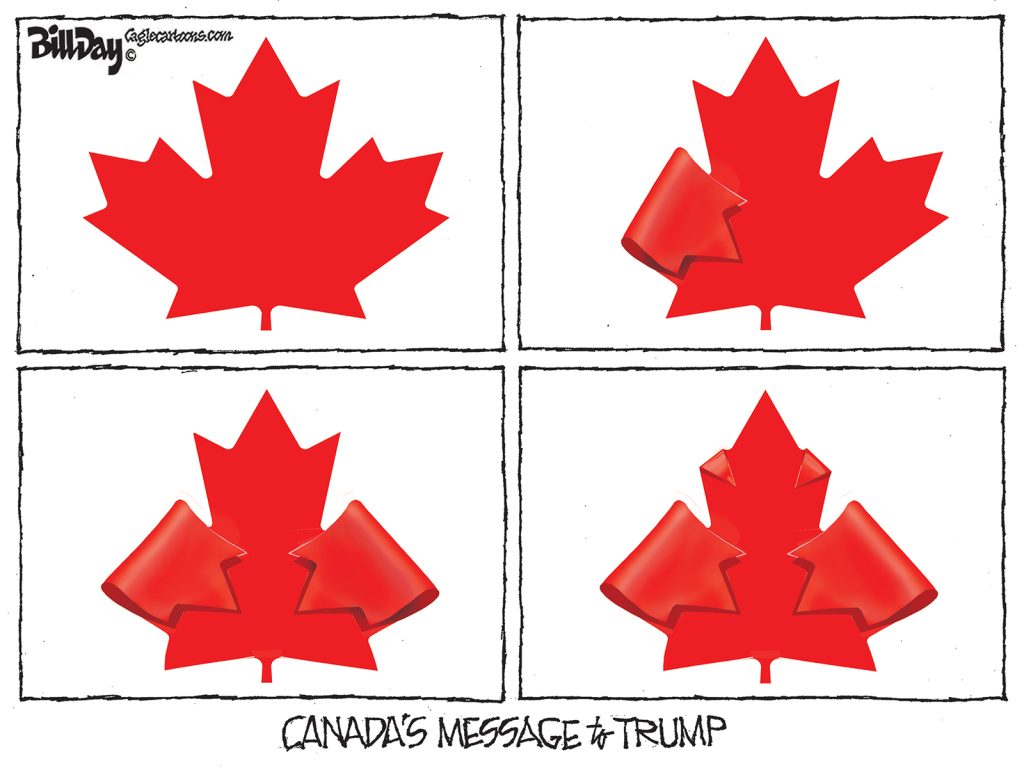The newspaper article didn’t so much bury the lede as miss it altogether.
Faced with a dramatic drop in crime in downtown that’s twice the citywide rate of decline – 26% to 13% – the Daily Memphian decided its lead story should be an opinion column in which Richard Smith trash talked the area.
Mr. Smith, son of FedEx founder Fred Smith and a top executive with the company his father founded, diagnosed downtown’s condition as “desperate” because of his angst about safety and the Beale Street experience for Grizzlies fans. He is apparently so certain in his opinion that he suggests if Memphis doesn’t respond, downtown could “wither and die.”
There’s no denying that the Beale Street entertainment district needs serious attention but Mr. Smith’s criticism was delivered as more of an attack on all of downtown. Some people simply shrugged their shoulders and said, “there he goes again,” but that was hard to do with the Daily Memphian making the decision to treat the opinion column as its big news story of the day.
It was after all only one man’s amplified opinion. If it had received regular news story treatment, the newspaper could have taken Mr. Smith’s comments and delved deeper to add context and voices from other people with experience and knowledge about successful downtowns.
Even more, if it had been a news story, it might have pointed out the dramatic decrease in crime but also that Part 1 violent crime and Part 1 property crime downtown amounts to 1.8% of the total crime in Memphis (year-to-date compared to the same period last year).
Downtown’s Healthy Heartbeat
The newspaper’s treatment also fed the skepticism of those who worry the Daily Memphian’s willingness to give Mr. Smith a megaphone to express his opinion is part of a tendency to give special attention to special people and donors while grassroots leaders fight for a megaphone to be heard.
That said, the newspaper seems ready and willing to ratify his comments about an unsafe downtown. In last week’s story, MPD deploying new ‘sideshow’ detection technology, there was an imbedded link to another article, “Man dead, one injured after Saturday night shootings Downtown.” It was clickbait. When clicked, the reader was taken to a DM story about a shooting three and a half months ago.
Research has shown for many years that the public’s opinion about crime is tied directly to intense media coverage, and that even when crime rates fall, a majority of people think it is increasing. A reminder of this fact can be seen in the opinions of four people who work daily in downtown Memphis. When asked how much of the city’s crime happens downtown, one said 65%, another said 45, and two said 35%. They couldn’t imagine it was less than 2%.
In publishing Mr. Smith’s troubling view of downtown, Daily Memphian ignored context from its own story of October 23, “Downtown tourism tax dollars back after pandemic.” Reporter Sam Hardiman wrote: “The Downtown Memphis Tourism Development Zone saw its first surpluses since before the pandemic, indicating Downtown continues to recover economically (italics mine)”
Mr. Hardiman wrote that the Downtown TDZ captured $20.4 million in new sales taxes in FY24 from the state tourism tax program. City of Memphis only gets revenues if sales tax growth in the zone increases at a rate of growth greater than the rate of growth for all of Shelby County. With about 75% of the amount destined to go to state government if the TDZ was not in effect, these funds are a way for City of Memphis to fund key projects with state money – and without involving the Tennessee Legislature.
Mr. Smith did not appear to have been asked about this positive sign of downtown’s healthy heartbeat.
More Grist for the Mill
It’s easy to imagine the reaction when they read the Daily Memphian headline and story of the people at the Greater Memphis Chamber, Memphis Tourism, Choose 901, Memphis Brand, and others who are busy every day selling Memphis to the rest of the U.S. After all, his words are tantamount to Memphis’ largest employer telling the rest of the country that the core of its headquarters city is rotting.
There’s little question that his complaints will become more grist for the mill of negativity about downtown Memphis that is so easily found on Google searches and comes at the exact moment when downtown restaurants in particular are battling fervently to attract customers.
Mr. Smith is right that vibrancy is a key to downtown which needs more people walking around and giving it energy. To his credit, he spearheaded the move of FedEx Logistics Inc. to its downtown headquarters in the building that formerly housed Gibson Guitars. It gives rise to the wish that there had been someone like him advocating for downtown back in the days when FedEx decided to find its future in the suburbs.
Mr. Smith’s complaints are bewildering to some political operatives because the tone and messaging appear to be part of a strategy by a group of Grizzlies investors and boosters to elevate the team as the key to downtown’s positive future. Even more, it was part of a strategy to go negative to convince the State of Tennessee to provide $50 million in special funding for the safety of the downtown tourism area.
Beale Street Needs Help
It is clear that Beale Street has been in decline since it came under the control of the Downtown Memphis Commission and the general dishevelment in the entertainment district sends a negative message to everyone who works and visits there – and not just when they go to Grizzlies games.
There are hints that the NBA team might be willing to manage and operate the ailing entertainment district, and at this point, it’s hard to be opposed to that idea. Based on the team’s track record, it would likely hire someone with a proven track record of success, and in this case, it would be in turning around and managing similar districts.
In addition, someone should be listening to former Beale Street developer John Elkington who shares some smart ideas for the street on Facebook that are borne from past experiences. They deserve serious consideration. It’s inarguable that something needs to be done to shake up business as usual and the Grizzlies have much at risk if the area is not improved.
Of course, it’s not just Beale Street that needs some TLC. There is the obvious and subliminal reactions to downtown that produce a general perception of disorder. It comes from human feces on a door stoop, the homeless man sleeping in a doorway, overflowing garbage cans, a dozen cars (often those of City of Memphis) parking illegally on Main Street, chaos caused by arbitrary street closings and detours exacerbated by police with no clear traffic plan, drag racing on streets and loud radios that disturb hotel guests, and more.
February 3, 2024: What Happened To Walkable Main Street? It Became A Parking Lot
Here’s the thing: these are not complicated, complex problems that defy solutions. The fact that they continue to exist year after year calls into question not only the effectiveness but the actual justification for the Downtown Commission.
Downtowns that work are downtowns that are walkable and provide pleasing and positive impressions while sending the message that someone is paying attention and in charge. There is nothing more important for the Downtown Memphis Commission than creating that kind of downtown, one filled with unexpected moments of enjoyment and experiences of serendipitous joy.
It’s Not All Gloom and Doom
It was only five years ago this month that this blog posted, “Is Downtown Embarking On Its Golden Age?” In 2019, Mr. Smith was also upbeat but he now questions if the momentum was a mirage.
Sadly, the momentum so clearly on the horizon then was disrupted by the pandemic, changes in working habits, and big projects announced before Covid but which had trouble finding their footing or financing after it.
And yet, opinions of desperation overlook more than just dramatic declines in crime rate and the rise in TDZ revenues.
There are also projects that are beacons of progress on the city’s skyline – the renovations of the Sterick Building and 100 N. Main Building, and yes, City of Memphis’ takeover of the Sheraton Hotel in order to turn it into the convention center hotel the city deserves. Tom Intrator’s billion-dollar Pinch District redevelopment was always vapor and the good news is that now St. Jude’s Children Research Hospital has bought 23 of his parcels. Also, the $376 million first phase of The Walk on Union is still alive, albeit smaller, and there’s still hope for the Grand Hyatt Hotel as well.
June 22, 2024: Aligning Downtown Projects Key To Renewed Memphis Optimism
If you’re looking for where the biggest boost in Memphis’ civic morale can come from, yes, it can include the on-the-court, gravity-defying gymnastics of Ja Morant but there are only 41 home games and 82 total games in the NBA season so they won’t be the slam dunk we need in boosting the self-confidence and optimism of Memphians on the 263 days when the team isn’t playing.
These major projects, along with the unyielding optimism of downtowners like the owners of new restaurants, bring new, 365-day a year life and offer organic and lasting results, particularly if they can be backed up with more assertive and more focused actions by the Downtown Memphis Commission to get the basics right.
Here’s the thing: many of us have concerns about the state of downtown; however, amping up the hyperbole to make a point not only undermines the potential of our opinion to contribute to problem-solving but feeds into the negativity that seems to be as much a part of Memphis as the Mississippi River.
There are a number of CEOs in Memphis who have a sign on their desks, “Attitude is Everything.” Right now Memphis needs that attitude to be more helpful than hostile to the future of downtown and the city.
Dramatic Drops in Crime
All of this is preamble. The purpose of this post is to provide context for comments painting downtown as a crime-ridden cesspool. The fact is that only 1.8% of all Part 1 violent crimes and property crimes in Memphis take place downtown.
Downtown remains one of the two safest neighborhoods in Memphis, when the year-to-date data are compared to the same period last year.
Overall, the crime rate in 38103 declined by 25.86%. The drop citywide is 12.7%.
Keep in mind that 38103 is often used as a proxy for downtown but the zip code boundaries extend beyond the traditional CBD; however, using it as the proxy for downtown, violent crime is down 9.03% and property crime – the more prevalent kind of crime downtown – was down by a dramatic 36.9%.
When compared to the same period last year, the number of violent crimes in 38103 dropped from 288 to 262. Property crimes dropped from 2,048 to 1,293. There have been 9, 267 violent crimes citywide and 36,804 property crimes.
Now, that’s a story that’s “desperate” for a headline.
**
Join me at the Smart City Memphis Facebook page and on Instagram where these blog posts are published along with occasional articles, reports, and commentaries that are relevant to Memphis.






Mr. Smith is right that vibrancy is a key to downtown which needs more people walking around and giving it energy. To his credit, he spearheaded the move of FedEx Logistics Inc. to its downtown headquarters in the building that formerly housed Gibson Guitars. It gives rise to the wish that there had been someone like him advocating for downtown back in the days when FedEx decided to find its future in the suburbs I was the FedEx strategic planner that was trying to advocate for downtown headquarters. I would Ike to talk to you about this matter and crime downtown. I live downtown retired from fedec